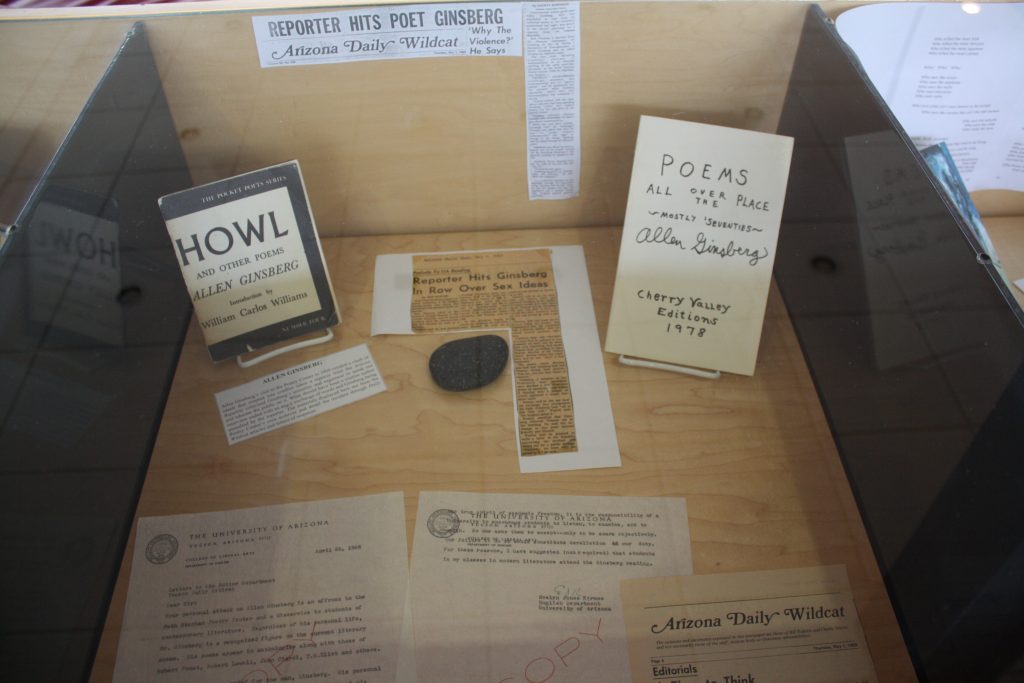We all know libraries are great resources for writing. What isn’t always considered, however, is the intense power of archives for creative writers. What separates archives from the rest of the materials kept in libraries is that the vast majority of archival materials are unpublished. We can only truly know them, the stories they contain, the bits of brilliant light, by spending some time with them. Though we know archives as essential to the fact-finding part of research, not everyone sees them as essential to the creative part. But there are stories in archives, stories waiting to be told, and wading through the records for these gems is the tragically beautiful part of archival research.
I have found some really amazing resources in archives. Some of my favorites include the Charles J. Belden Photographs and Negatives at the American Heritage Center (viewed through the Rocky Mountain Online Archive), the amazing conglomeration of photographs compiled through the Arizona Historical Society’s Mexican Heritage Project (available for viewing online through the Arizona Memory Project website), and Bowling Green State University’s Historical Collections of the Great Lakes (which lets you look up ship information by vessel, port, people, and vessel abbreviations). Today I’m going to share with you a few tidbits for getting the most out of your archival research.
The best advice I can give you for researching in an archive is this: do some research ahead of time. You’ll find this makes your life easier on so many levels. One of the most important things to know before anything else is what you want to find. It may sound fun to go into an archive and say, “I’m just going to see what’s cool here,” but you will most likely find yourself quickly overwhelmed. At the very least, identify some subject areas that interest you most. Bonus points if you can pin down more specifics like dates, family or organization names, political issues, formats of interest, etc.
The next thing you need to do is figure out what archive you should visit. Since every archive has unique records, you want to maximize your chances of success by choosing the archive that collects the information most relevant to you. Every archive has a collecting mission that guides what records they take in. The idea behind this is simple: not every archive can collect every single thing. A focused collecting policy allows an archive to specialize in a certain area. For instance, if you’re looking for Alaska Native culinary traditions you won’t find much (or anything!) in an archive in New Mexico, which is probably concerned with collecting records of regional interest. You’ll want to head to an Alaskan archive for that information. By knowing the collection policy of an archive you can more easily determine whether or not they’ll have the kinds of materials you’re looking for as you research.
After you know which archive may be likely to have the information you want, do a little bit of preliminary searching. Maybe I know I want to look through Alaska’s Digital Archives for information on the Yupik people. You can see that this search term found 46 results, mostly photos. Identifying a photo I like, such as “Watch[ing] hunters leave in skin boat[s to go whaling]” will help me know where to find it (in this case, Alaska’s Digital Archives is a consortium of Alaskan libraries and archives so items are located in institutions around the state) and can also help me figure out what other search terms, names of people, collection names, etc. might be useful to research. It can be very helpful to both you and the archivist if you show up to do on-site research with a couple ideas of records to look at and a smattering of materials you’ve already browsed. They can quickly figure out what bases you’ve already covered and suggest other avenues that you might not have considered yet. Also connected to this preliminary searching is knowing the rules of the archives. Can you bring your camera or scanner into the archives and digitally capture your own documents? Are you allowed to bring in your own paper? To protect and stabilize the records that they hold, an archive will have much stricter rules than a normal library. They’re caretakers of history, and approach this role with a large amount of professionalism and concern.
Never forget to take good notes. You need good notes for multiple reasons. You need to be able to cite, obviously. Even more importantly, you want to be able to find the materials you have looked at again if you need them. Nothing is more frustrating than finding the perfect resource one day and being unable to locate it the next. If you’re unsure about what information to write down, always ask the archivist.
The last and possibly most important thing to remember is to ask questions. Don’t ever be afraid to ask an archivist a question. Archives are not the same as libraries and they can be very confusing at first. Archivists are here to help you. We love to research. We love to problem-solve. Please, let us.
If you want more detailed instructions for researching in archives, check out some posts I wrote earlier for the 49 Writers blog on: What is an Archive?, Finding What You Want, Digital Archives, The Questions we Ask in an Archive, Archives in the Twentieth Century, and Jumpstart your Writing at the Archives.
Image: Part of the Social Justice Poets exhibit at the University of Arizona Poetry Center in 2013. View the exhibit online here.




